There are a number of measures (strategies) which can be used to develop sustainable tourism. These include:
- Area protection
- Industry regulation
- Visitor management
- Education
- Carrying capacity
- Consultation with local people
- Traffic management and transport schemes
- Codes of conduct
- Sustainability indicators
1. Area protection
Creating National Parks promotes sustainable tourism because the area within the national park is protected from development in a number of ways. The environments of national parks have special qualities which need to be preserved and the communities within them need to maintain their traditional lifestyle and culture.
Country Parks, Areas of Outstanding Natural Beauty and Sites of special scientific interest can also be created to help develop sustainable tourism practices.
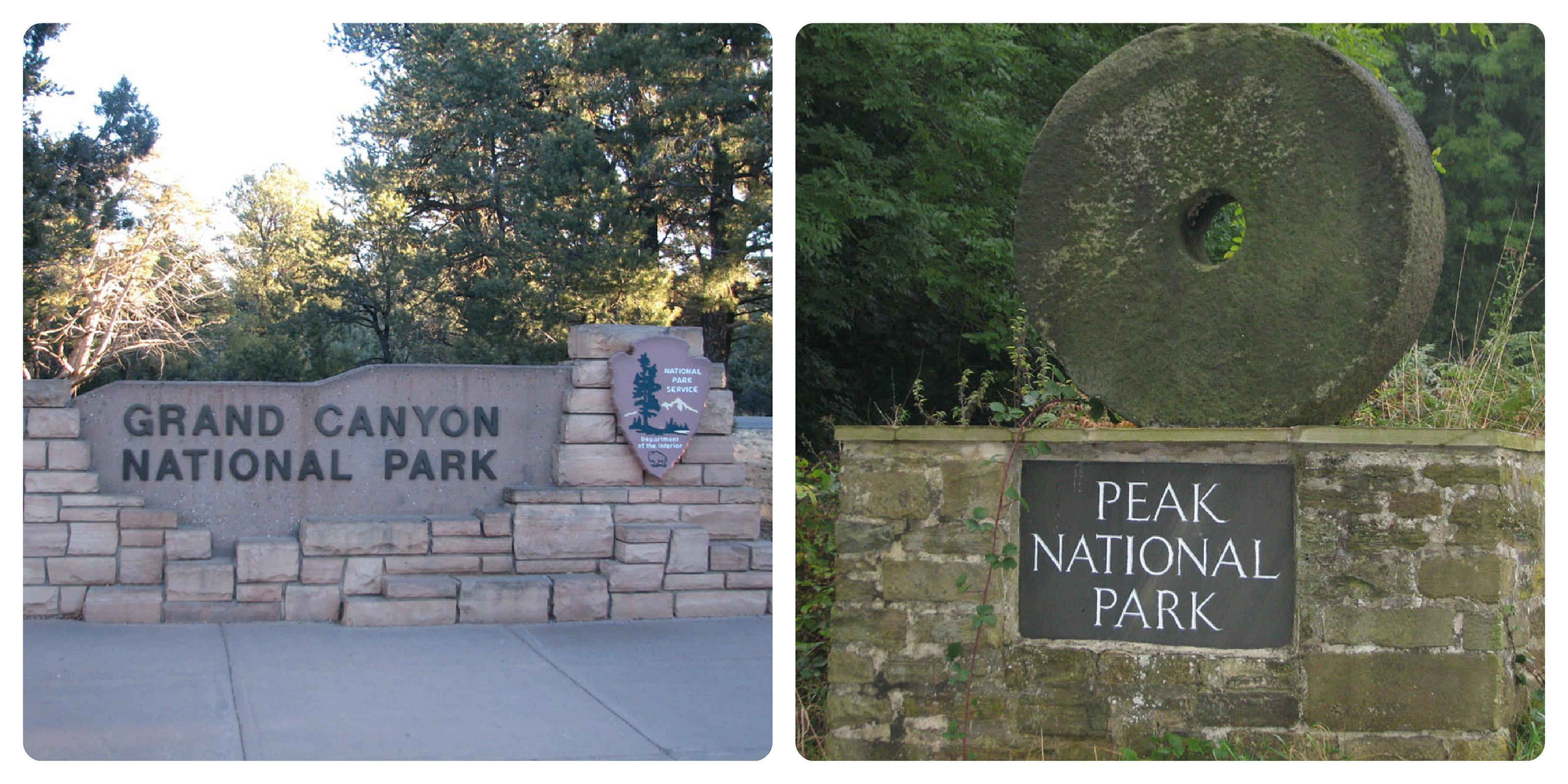
2. Industry regulation
Laws and regulations can be passed which reduces the impact of tourism on the environment. Two examples are:
- Air Passenger Duty (or departure taxes) is money paid to the government for each flight taken. This may stop some people flying (leaving behind carbon footprints) and will also raise money to help research into air pollution.
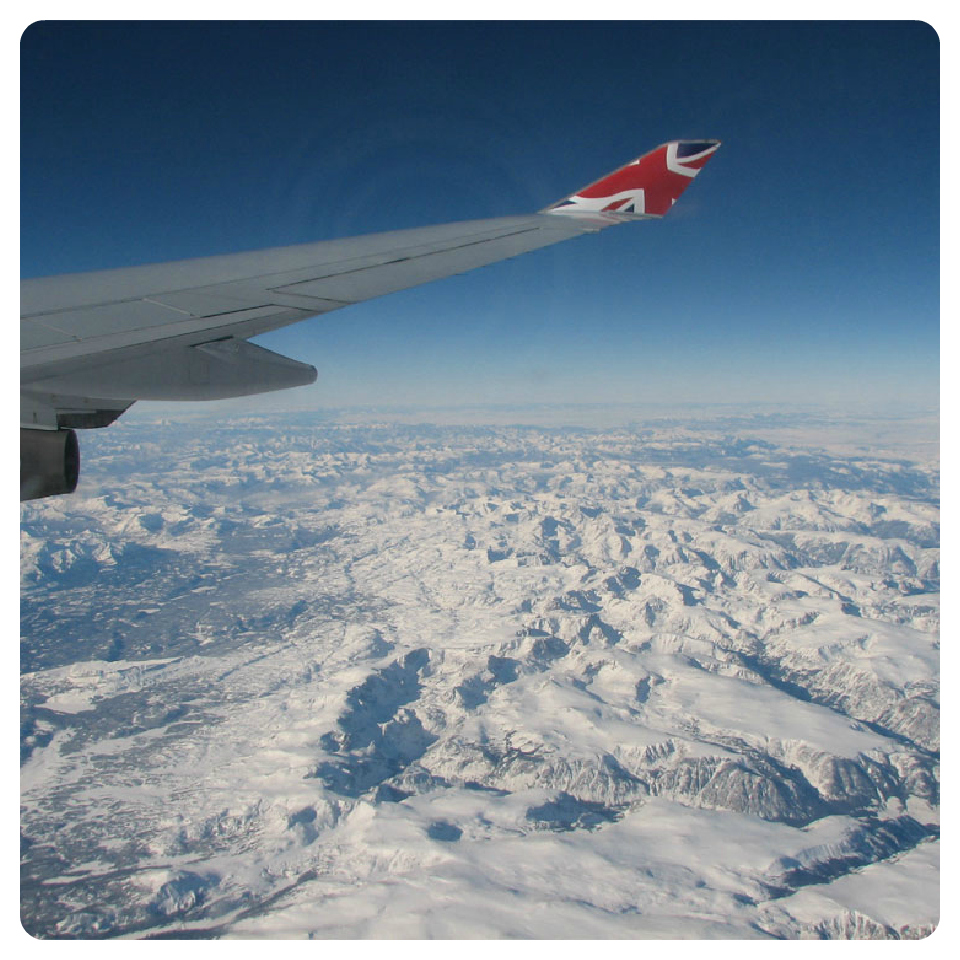
- Imposing speed limits in national parks means that emissions from car exhausts will be reduced, helping to protect the environment.
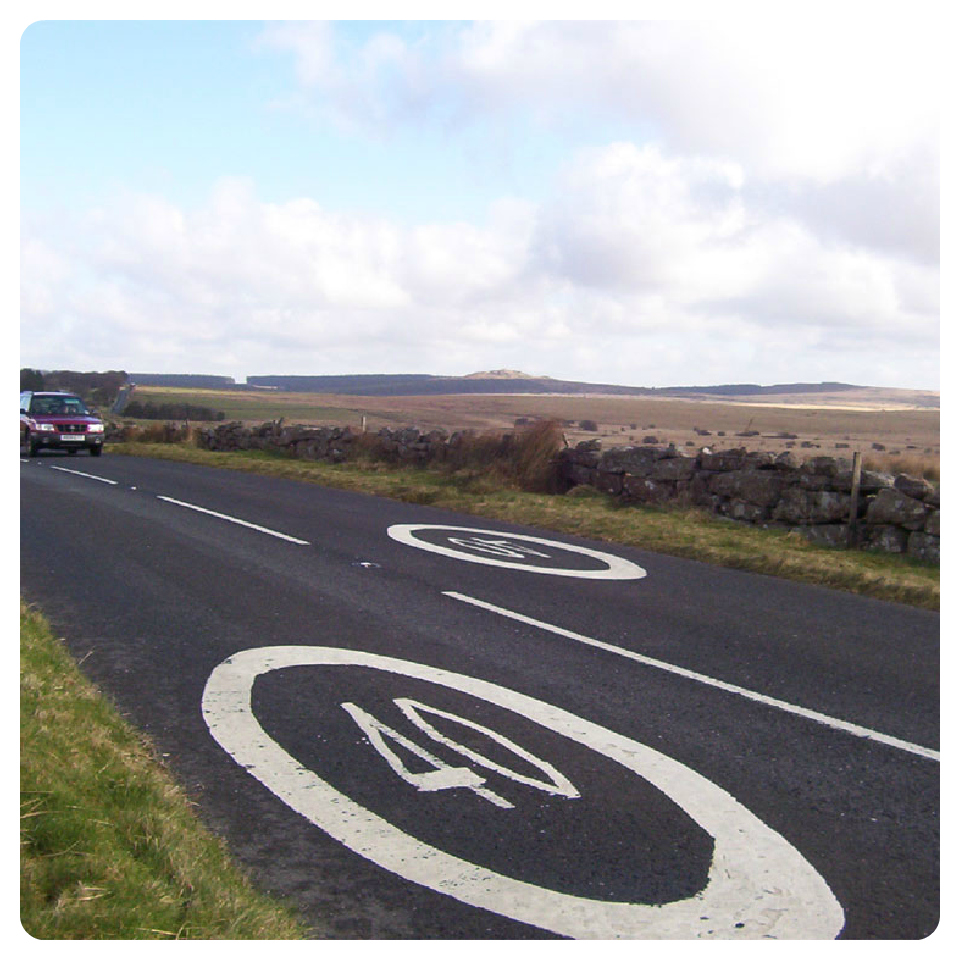
Dartmoor, and other National Parks in the UK, imposes speed limits to help protect animals and reduce pollution.
3. Visitor management techniques
Visitors to protected areas such as national parks can be managed so that they are kept away from certain locations in order to protect and sustain certain areas of the park.
It is possible to develop 'honey pots' where large numbers of visitors can be catered for, keeping them away from more sensitive sites where plants and animals might be disturbed.
Many national parks do not allow vehicles to enter certain areas and in some cases permits have to be obtained, restricting the number of visitors.
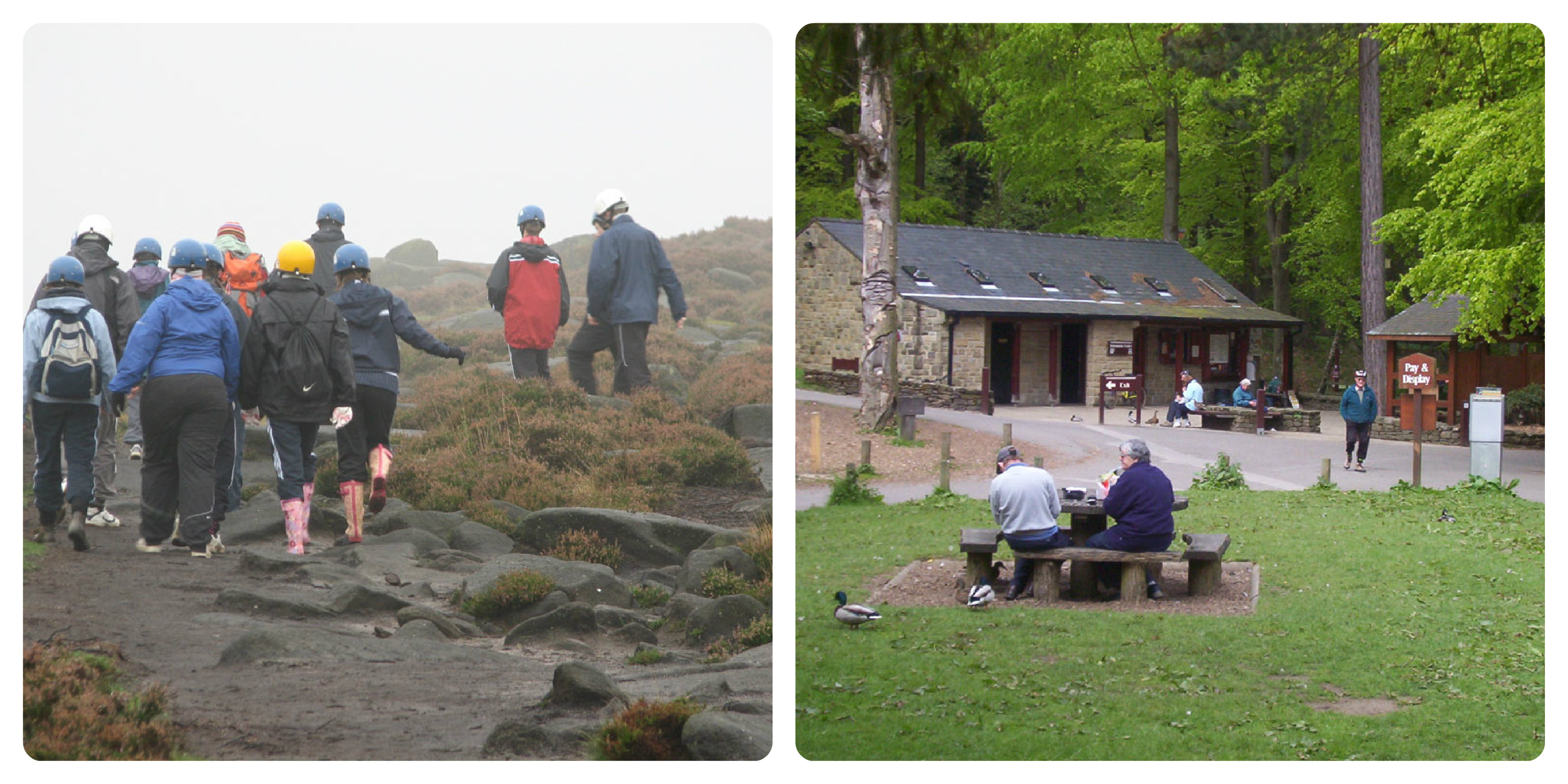
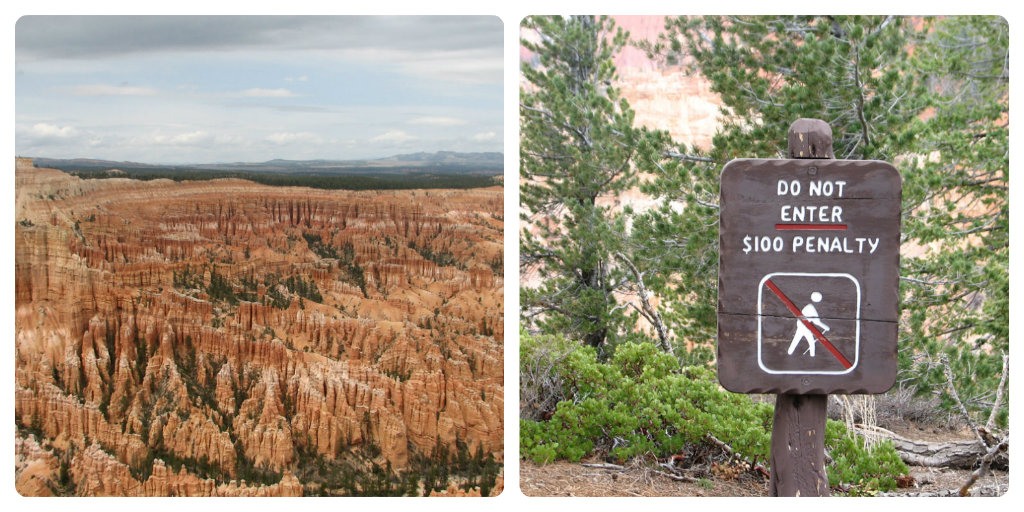
The landscape of Bryce Canyon in Utah, USA is not only very fragile but dangerous too!
Another visitor management technique is simply to threaten to fine people if they walk where they are not supposed to!
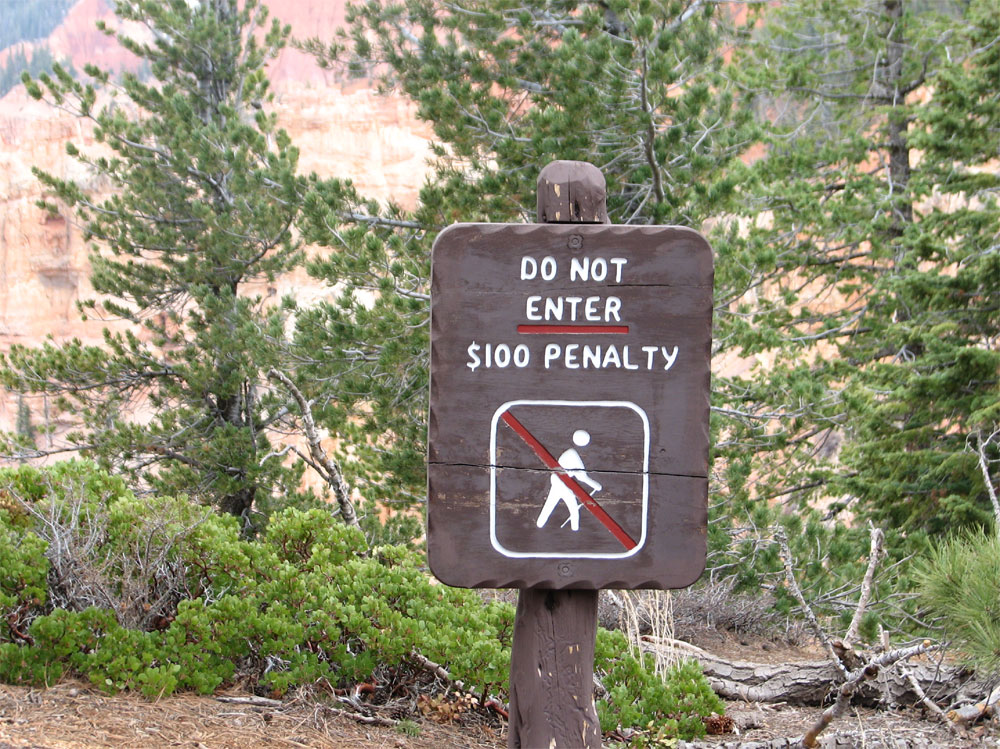
What would your reaction be if you saw this sign in a national park?
4. Education
It is vitally important to educate tourists and local people about the need to adopt a sustainable approach to tourism. Most tourists appreciate being told why the area they are visiting is important. This can be done in a number of ways.
- Tourist Information Centre's can provide a range of information and explain to tourists why it is necessary to promote sustainable tourism.
- Notice boards can provide information
- Park Rangers and other people can explain to tourists the importance of sustainable policies.
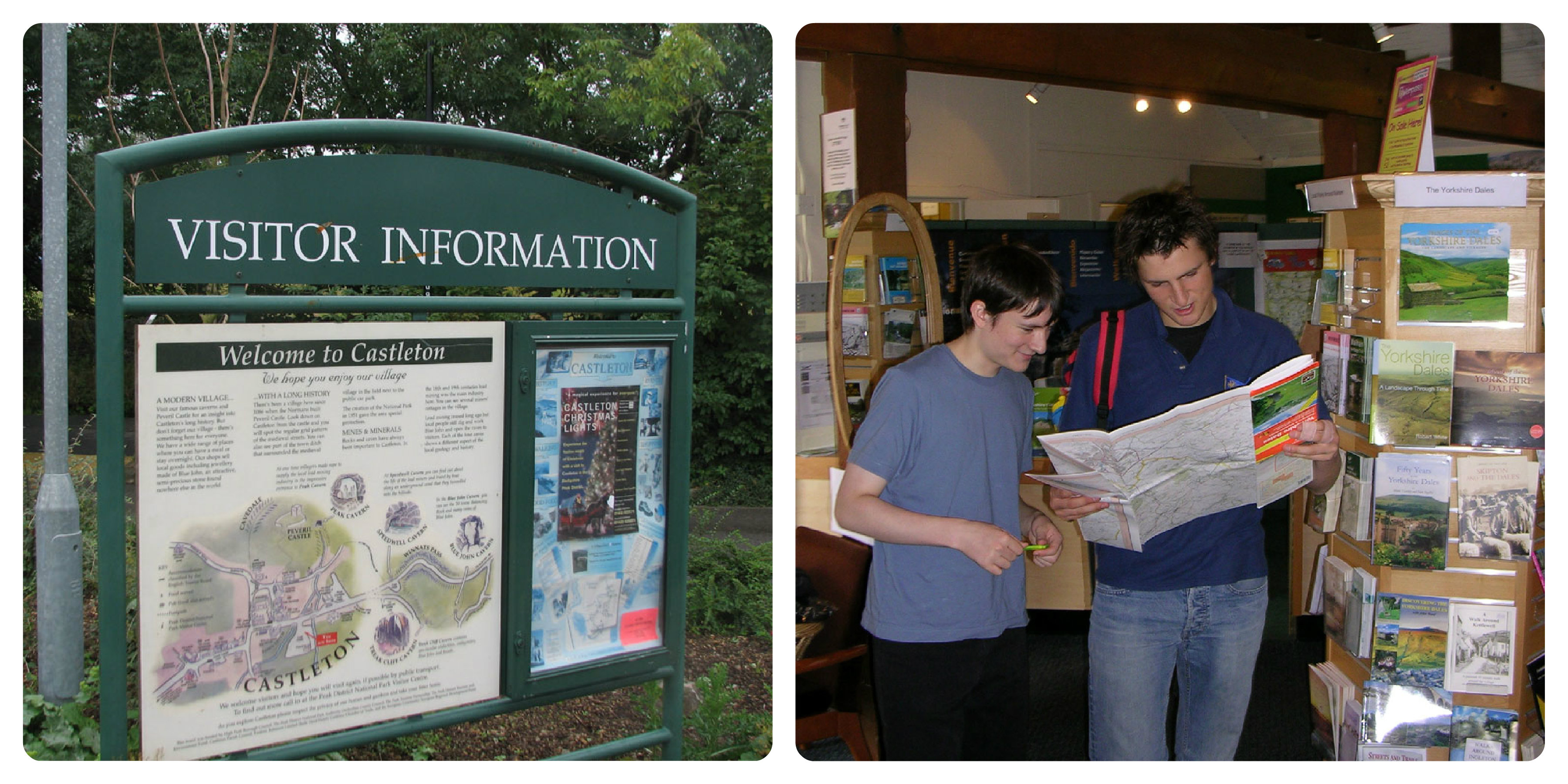
As in all National Parks in the USA, interpretation panels at the rim of the Grand Canyon provide detailed information about the formation of the canyon explaining it's geoglogical significance.
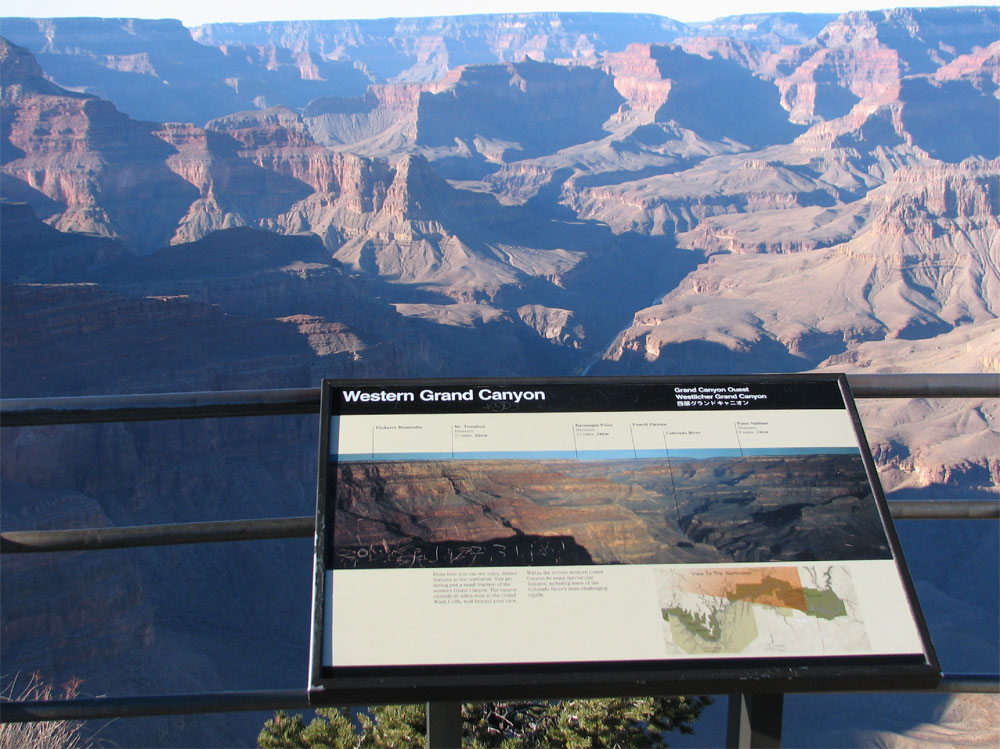
5. Carrying capacity
The carrying capacity of an area refers to the number of people who can enter a tourist area before it becomes over-crowded and the landscape becomes damaged.
Sustainable tourism is about making sure that the number of tourists visiting an area does not exceed the carrying capacity so that the impact is minimised.
The ecological carrying capacity is the number of people who can visit an area before damage is done to plants and animals.
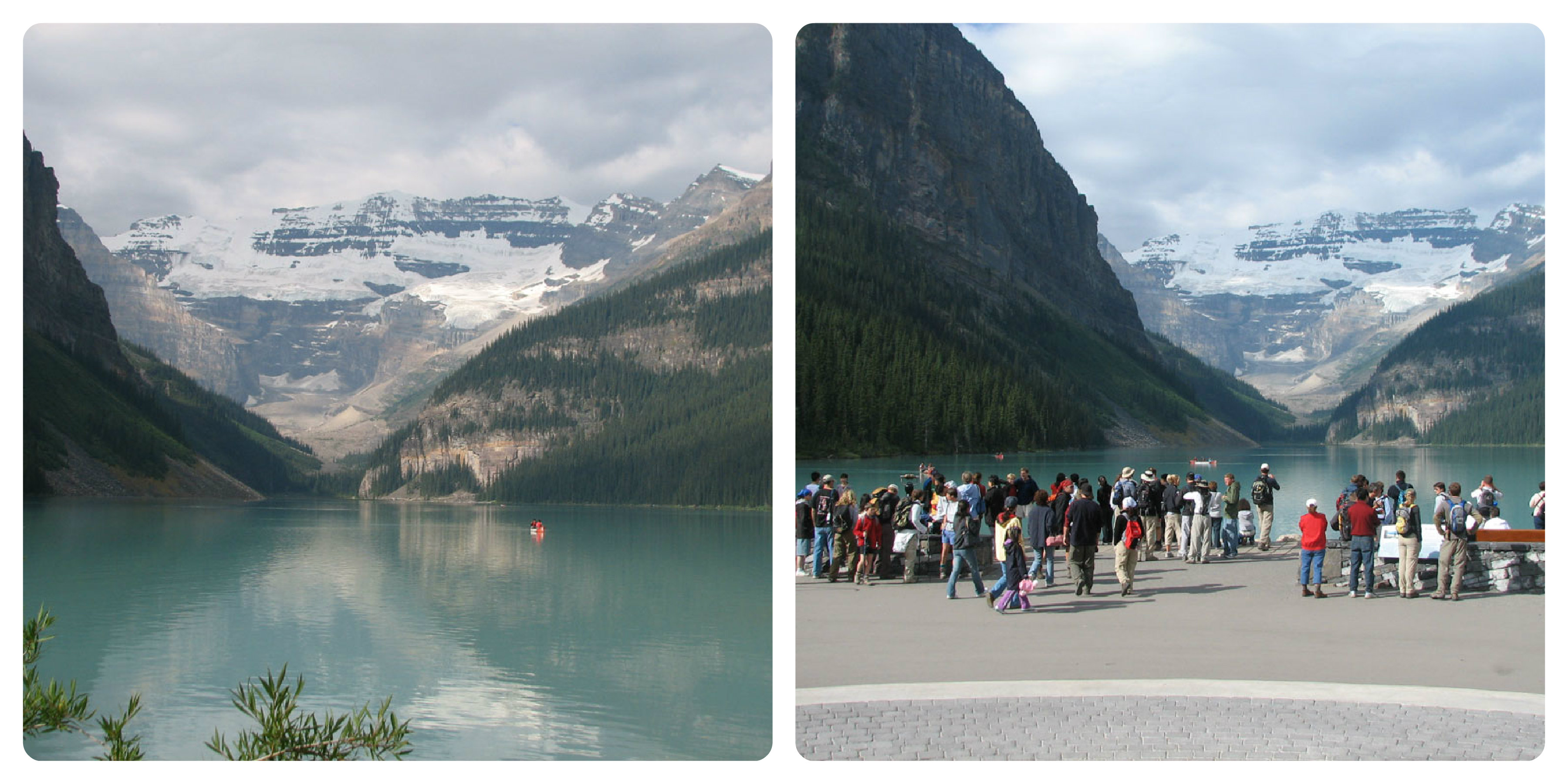
Lake Louise in the Canadian province of Alberta, looks tranquil and extremly beautiful. However, too many peole visiting the area will exceed the carrying capacity, spoil the view and may damage the environment.
Too many walkers using a footpath will turn it into a quagmire and cause considerable erosion of the soil.
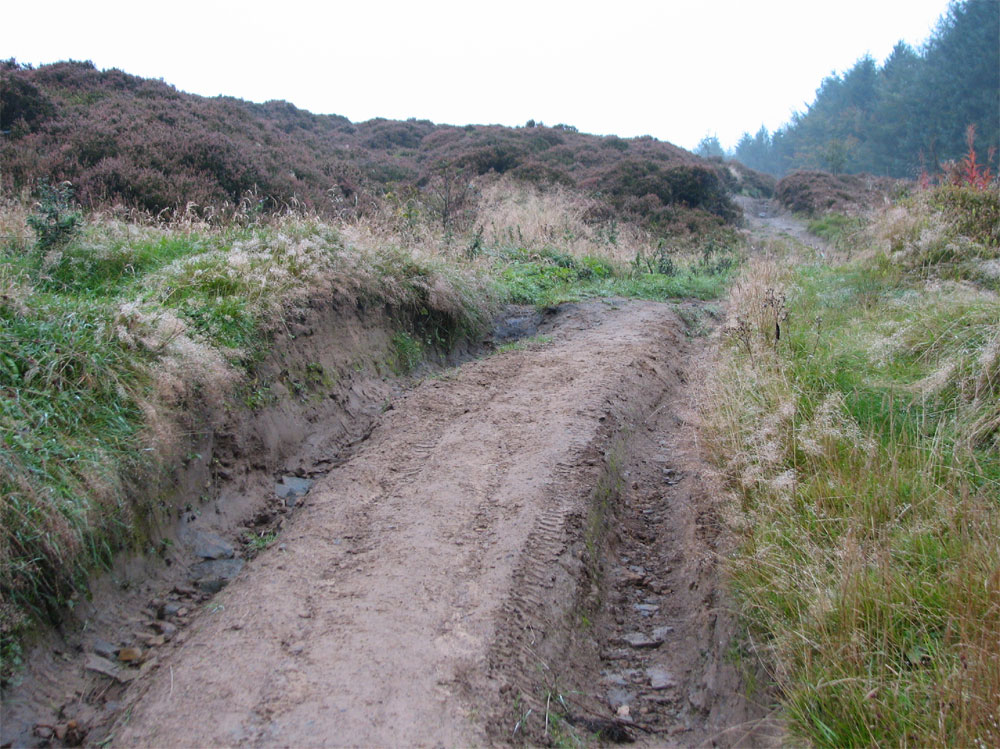
6. Consultations with local people
Local people need to be involved in decisions about tourism development in the area where they live. This might be achieved through public meetings or using the media.
Notice boards can display important information to let people know what is going on.
In national parks, rangers have an important role in keeping informed and listening to their views.
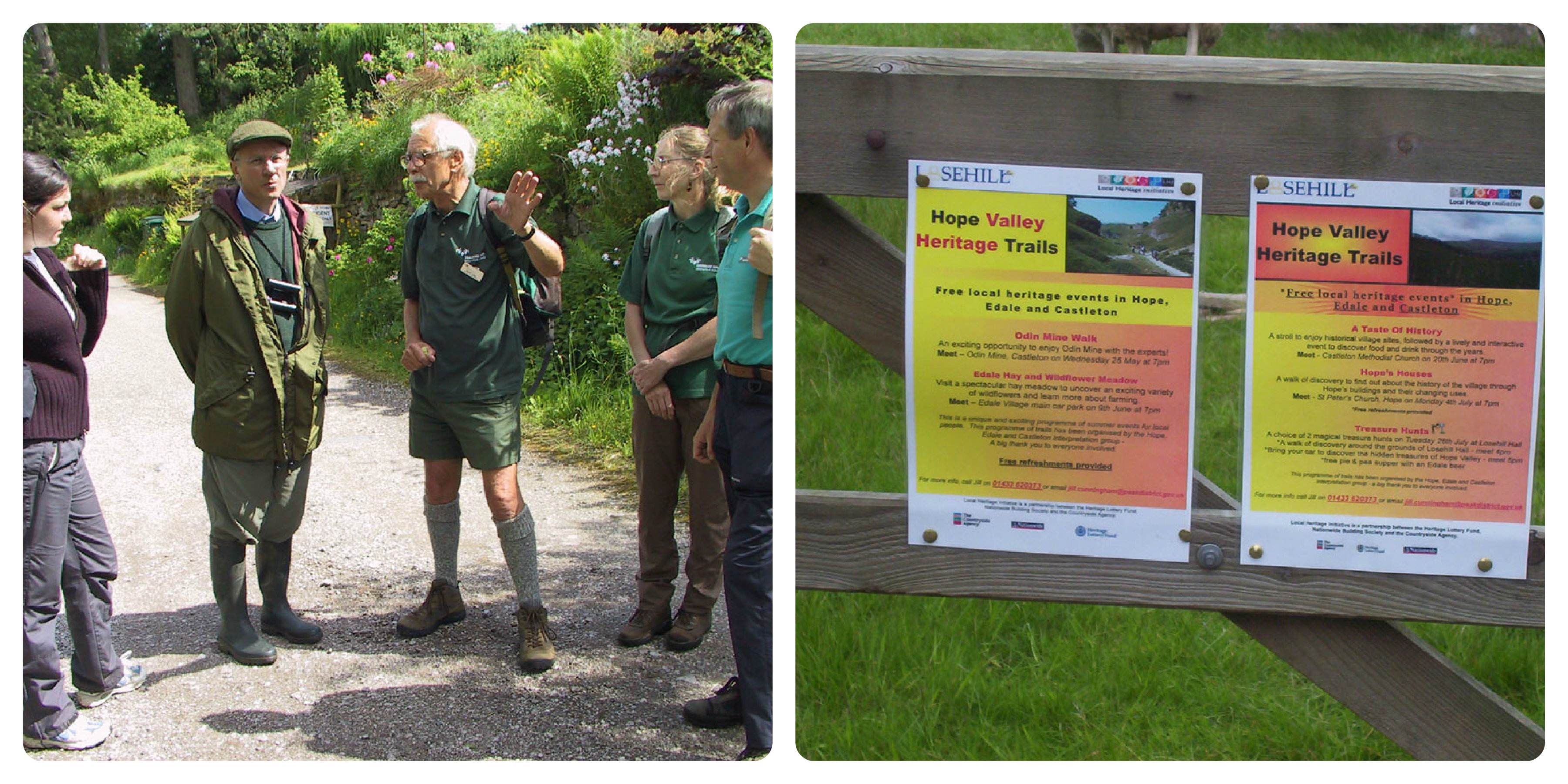
7. Traffic management and transport schemes
Many tourist areas have schemes which discourage people from using private cars and encourage the use of public transport. Public transport is seen as being more environmentally efficient and creates less pollution.
Also, cycling is encouraged because it an environmentally friendly activity and promotes a healthy lifestyle.
Large numbers of cars can soon create congestion in towns and cities which are popular with tourists and so 'park and ride' schemes and congestion schemes are becoming increasingly popular.

8. Codes of conduct
Codes of conduct encourage tourists to behave in a responsible manner when visiting a tourist area. One of the best examples is the 'Country Code' designed to help visitors consider their impact on the people and area they are visiting. Simple advice includes:
- Follow signs and take sensible precautions
- Close gates and do not disturb crops and livestock
- Keep dogs under control
- Don't leave litter
Each of these small measures will help protect the area being visited and do a little towards making the area more sustainable.
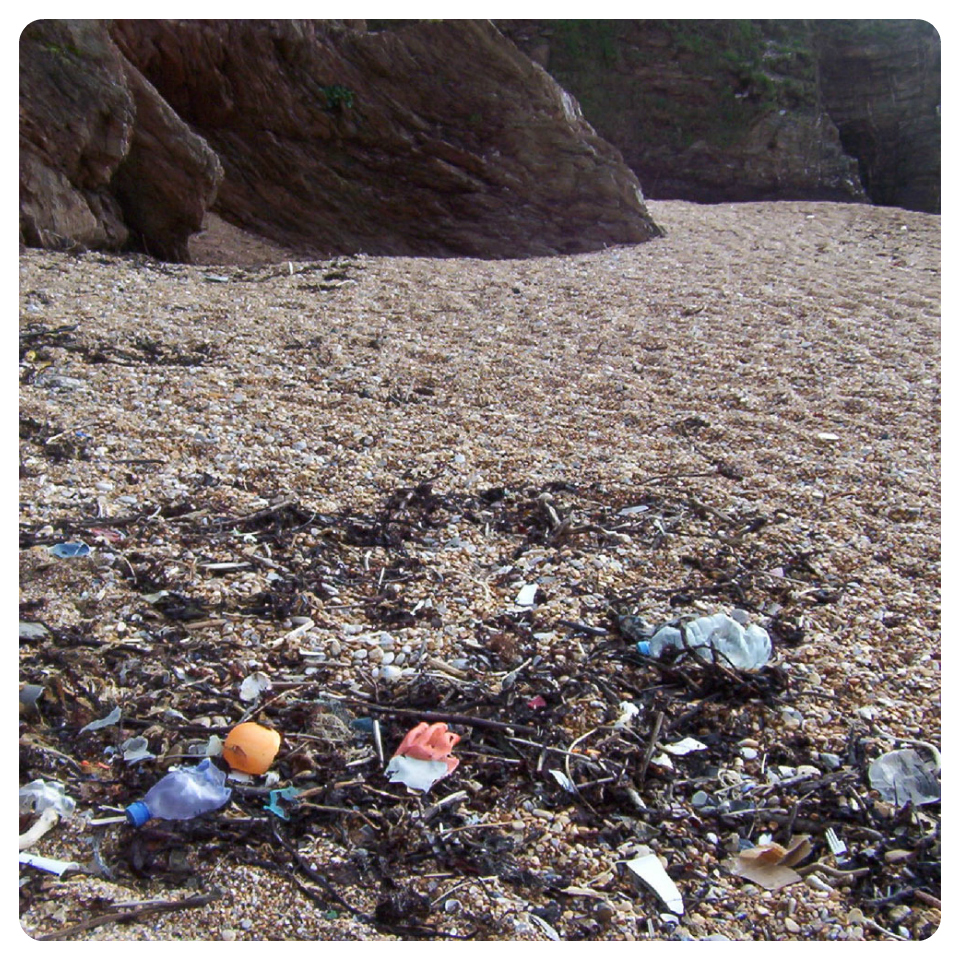
9. Sustainability indicators
This involves taking measurements over a period of time to gauge how the quality of the environment improves over a period of time, making the area more sustainable. There are a number of ways this can be done. For example:
- The number of a particular species of bird, animal or plant can be counted and if numbers rise it would be a good sustainable indicator.
- The quality of water flowing in a river through a tourist city can be measured. If the quality of the water improves, the area is becoming more sustainable.
- The amount of local produce available in restaurants could be measured. More local produce may mean profitable local businesses and less 'food miles'.

